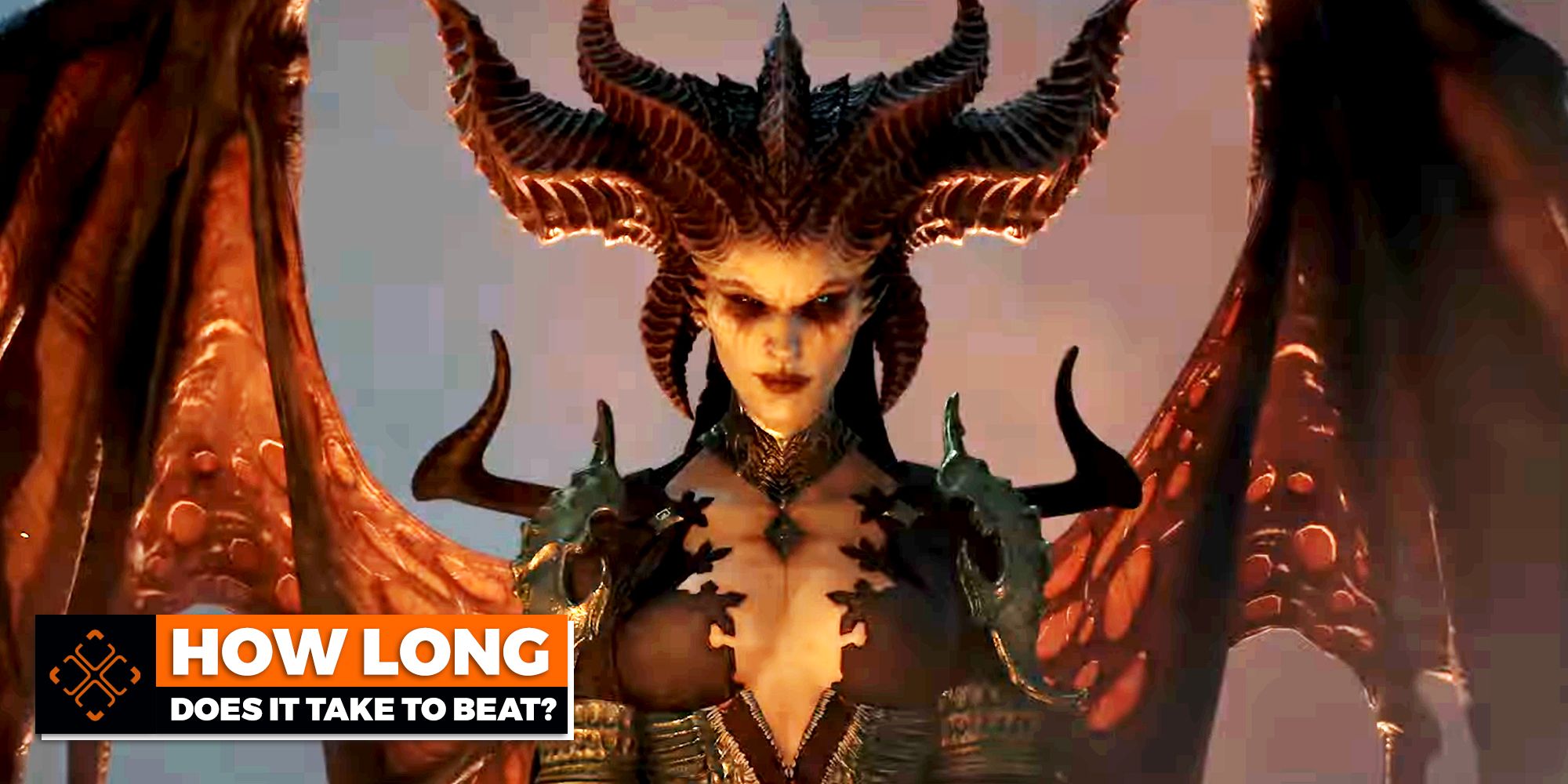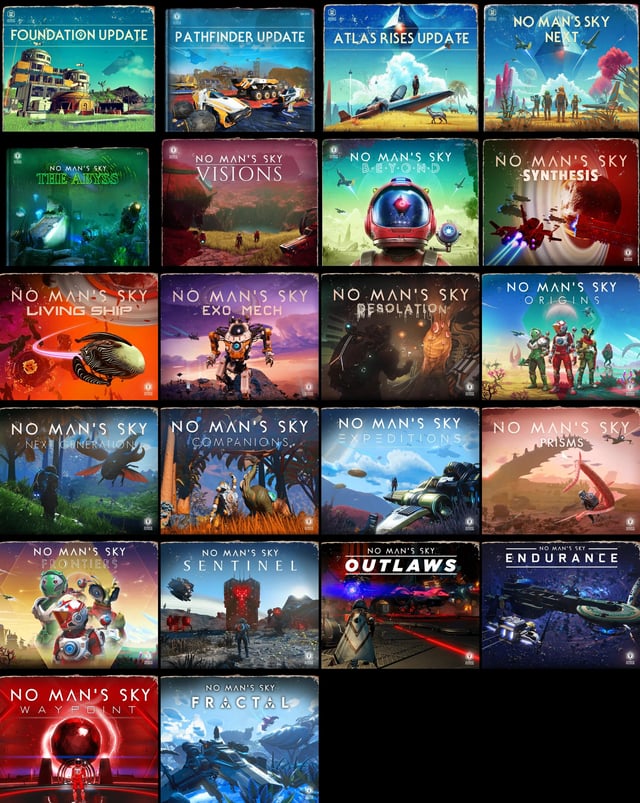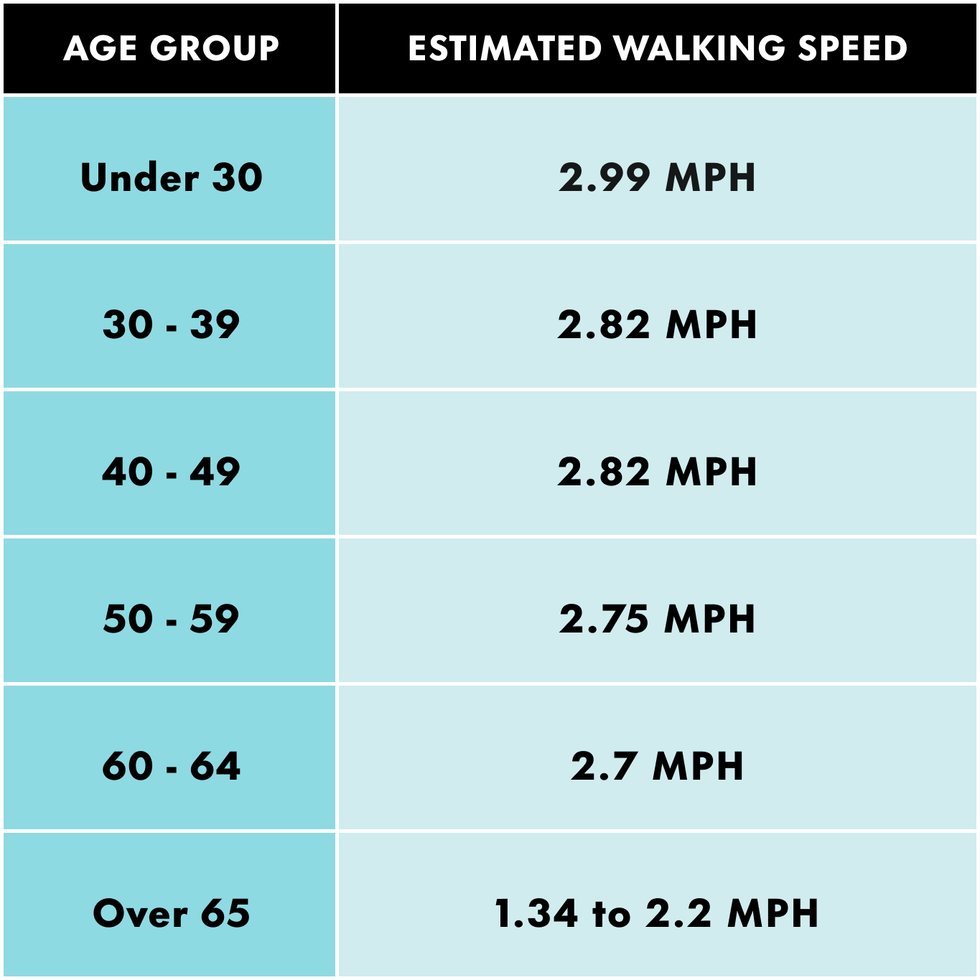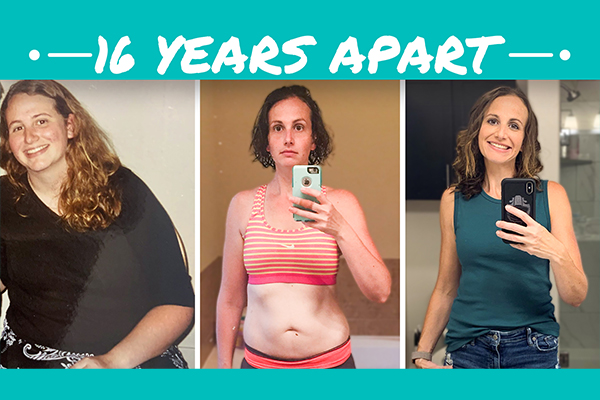How long does it take to beat diablo iv?

How long is the main story of Diablo 4?
“`html
“How long is Diablo 4?” is a tricky question to answer as your playstyle affects the answer, but getting through all eight Acts and more should take between 25 and 100 hours. If you’re just looking to reach the end of the story, it should take you fewer than 40 hours, but if you want to begin the true endgame at Level 50, or even get through the Paragon system to reach Level 100, you’re going to have to play a lot of Diablo 4 – over 100 hours or you could even say it never truly ends.
Abaixo você encontrará um resumo de quanto tempo leva para completar Diablo 4 com base em seu estilo de jogo e definição de “completar” o jogo.
Como eu disse, o tempo necessário para terminar Diablo 4 varia muito com base no que você considera ser completar o jogo e quão mais coisas não essenciais você deseja fazer:
- Se você está focando apenas na história e jogando em um nível de Mundo Diablo 4 mais baixo para facilitar o jogo, você deve conseguir ver os créditos em menos de 30 horas.
- No entanto, se você estiver disposto a explorar masmorras, preencher seu log de missões do Diablo 4 com missões secundárias e ver o máximo possível do mapa do Diablo 4, antes de alcançar o final da história, você facilmente passará mais de 40 horas fazendo isso.
Finalmente, se você quiser ir além da história e do Nível 50 para progredir através do tabuleiro Paragon de Diablo 4 até o nível 100, seu tempo total de jogo provavelmente disparará para centenas de horas. Se você não considerar completar a história o fim do jogo, Diablo 4 praticamente não tem fim, já que a moagem ilimitada e as funcionalidades de serviço ao vivo significam que sempre há algo a perseguir – e se você ficar entediado, pode começar de novo com uma nova classe de personagem!
O modo campanha de Diablo 4 é dividido em oito Atos de comprimentos variados, totalizando cerca de 100 missões individuais. Os Atos de Diablo 4 são:
Weekly digests, tales from the communities you love, and more
“`
How long does it take to 100% in Diablo 4?
“`html
It’s gonna take you a little while. What is the Diablo 4 max level? Diablo 4’s max level will take you some time to reach, as there’s some nuance in achieving the power cap in Blizzard’s newest action RPG.
Leveling is foundational to the Diablo franchise, and is one of the things that makes your trip through Hell so damn fun. As long as you’re willing to put time and effort into leveling your character, the game will reward you with new skills, advanced gameplay features, special content unlocks, and of course, brag-worthy ancestral loot. If you truly want to see everything Sanctuary has to offer, you’ll need to put blood, sweat, and tears into achieving your character’s full potential. Here’s everything you need to know about reaching the max level cap in Diablo 4, which is out now on Game Pass.
The Diablo 4 max level is 100 and it takes around 150 hours to reach that level.
According to Blizzard, it will take players approximately 35 hours of gameplay to complete the game’s massive campaign, and players can expect to finish the campaign at about level 45. Any additional leveling will take place during the game’s post-campaign content. If you build a new character, that character will generally need to begin the leveling process all over again.
And Blizzard’s Joseph Piepiora revealed via Twitter that it would take the average player more than 150 hours to reach level 100. This means that players who want to reach max level on each character class can expect to spend a staggering 750 hours in the game.
Leveling is important in Diablo 4 because it dictates your skill points and impacts your character builds. You can earn XP increases by playing on higher World Tier difficulties. However, note that if you’re playing Diablo 4 multiplayer, all players must play on the same World Tier, so be sure to settle on one that works for your entire crew if that’s how you intend to play.
The Diablo 4 max item power level appears to be about 850, which does not include additional power levels granted from upgrading. The actual number remains a mystery as it has not been confirmed by Blizzard. However, this number is based on self-reported stats and unverified screenshots of gear dropping with stats as high as 841 power. Although item power levels are different than character levels, you will generally get gear with higher power level stats as you reach higher character levels. You can apply additional power to your weapons and armor by upgrading at the blacksmith, and to jewelry by upgrading with the jeweler. If you have the requisite materials, you can add a 25 max power level to each item, though upgrade options are slightly more limited early in the game.
Diablo 4 min-maxers note that Diablo 4 uses a hidden breakpoint system that can drastically increase stats when you upgrade your gear into higher tiers. This means that, upon upgrading your items into a greater breakpoint tier, you’ll also generally notice a much larger boost to the range of stats that apply.
“`
How many hours has Diablo 4 played?
“`html
Sign in to your Game Rant account
For dedicated Diablo 4 fans, spending countless hours grinding is a pleasure. Those who want to know how much time they spent on character upgrades, events, and resource farming, should keep reading to learn how to check playtime in Diablo 4.
Unfortunately, Diablo 4 does not provide a way to check playtime in the menu or settings. For users on each platform, the method of checking the playtime is different. Without further ado, let’s take a look at how to check playtime on each platform.
Many players experience problems with defeating Uber Lilith in Diablo 4, and this guide will help fans prepare for this difficult fight.
Let’s take a look at how to check playtime on each of the gaming platforms:
For PlayStation 5 users, checking the Diablo 4 playtime will be straightforward, and there are 2 ways to do it:
- It’s worth noting that the main menu shows the approximate time spent in the game.
- Here’s how to check the exact playtime in Diablo 4 on PlayStation 5:
Temerity is a rare item in Diablo 4, and this guide will show players how to obtain it.
On Xbox, to check playtime in Diablo 4, fans should follow these steps:
PC users can officially check their playtime in Diablo 4 only if they bought the game on Steam. However, a dedicated fan of the game has created an alternative method. D4 Armory is a website that allows players to track the playtime they have invested in the game since its release.
It is worth noting that this method works the same way for PlayStation 4 users.
“`
How long is the Diablo 4 expansion campaign?
“`html
Welcome to the unofficial Diablo 4 Fan subreddit, the place to discuss news, builds, guides, items, skills, art, lore and more from within the dark, gothic fantasy world of Diablo.
| Members | Online |
r/diablo4
By three they come
“`
Is Baldur’s Gate 3 basically D&D?
“`html
I’ve not played a huge amount of Dungeons & Dragons, but I get why those kids from Stranger Things won’t stop banging on about it. It turns out all those librarians in the 90s were right: using your imagination really is cool and fun! Indeed, our ability to conjure fiction from the ether is fundamental to the ongoing success of D&D. Making up stories with friends is very much a good time, and if you get to kill a goblin or two in the process? Well. That’s just gravy.
Built upon the foundations of D&D’s fifth edition ruleset, Baldur’s Gate 3 attempts to translate the fundamentals of the game into digital form. But how successful is it at doing so? Can a video game – with all the rigidity that comes with the medium – replicate the freedom of a table-top role playing game?
To help me answer this question, I’m joined in the video above by D&D fan and Baldur’s Gate liker Alice B. Together, we discuss the ways in which Baldur’s Gate 3 accurately delivers a faithful Dungeons & Dragons campaign, for better and for worse. Mainly better, though. Because. You know. Baldur’s Gate 3 is properly, properly good.
We cover everything, from combat to conversation, comparing each element to its real-life equivalent. It’s a fun chat, if I do say so myself. If you are a fan of D&D and have been adventuring through the forgotten realms these past few weeks, please do let us know your thoughts in the comments below. Is it a worthy conversion? Answers on a postcard, please.
If you’re looking for more Baldur’s Gate 3 videos, make sure to check out one I made for the game’s launch in which I offer my general impressions about this absolutely enormous game. If watching isn’t for you, make sure to check out Alice’s review, Ed’s feature about his psychotic bard Edders Sheeran and Edwin’s piece about the noble art of Barrelmancy. There’s loads, basically. We really like this game. Maybe check out our dedicated game page, if you haven’t already.
Oh also I had a really fun time drawing a Mind Flayer being crushed by a 7UP vending machine so, I’m going to share it here as well:
“`
Is Baldur’s Gate 3 the best game ever made?
“`html
Sign in to your Game Rant account
Baldur’s Gate 3 is now one of the highest-rated video games of all time, though there are still six games that are ranked ahead of it at the time of this writing. Since its launch on PC, Baldur’s Gate 3 has earned near-universal acclaim, helping it overtake The Legend of Zelda: Tears of the Kingdom has the highest-rated new game release of 2023. Baldur’s Gate 3 has also become the highest-rated PC game ever made, and so it’s no surprise that it’s found itself in the top 10 overall list as well.
It’s rare for the top 10 highest-rated video games to change much, but Baldur’s Gate 3 has managed to crack the top 10. Baldur’s Gate 3 cracking the top 10 has knocked The Legend of Zelda: Breath of the Wild out of the list, which is interesting considerando BG3 também tomou o primeiro lugar para 2023 do Breath of the Wild’s sequel.
As for the current top 10 highest-rated games of all time, only six score acima de Baldur’s Gate 3. They are:
- The Legend of Zelda: Ocarina of Time
- Tony Hawk’s Pro Skater 2
- Grand Theft Auto 4
- SoulCalibur
- Super Mario Galaxy
- Super Mario Galaxy 2
Right now, Baldur’s Gate 3 is ranking ahead of Red Dead Redemption 2, Grand Theft Auto 5, and Disco Elysium: The Final Cut.
Now, there is definitely still time for Baldur’s Gate 3’s overall review score to fluctuate and move it up or down the list. In fact, it was just yesterday that Baldur’s Gate 3 was in the ninth place spot, but more reviews have since been counted and pushed it a couple of places forward. It’s possible future reviews for the game will see it overcome the Super Mario Galaxy titles, though it’s just as likely that it may fall back down the list a bit.
Since Metacritic categorizes games by platform, Baldur’s Gate 3 should be able to keep its incredibly high spot even if the upcoming console versions don’t live up to expectations. However, the same won’t necessarily be true for the game on fellow review aggregate site OpenCritic. OpenCritic doesn’t discriminate between platforms, which means that review scores for the upcoming PS5 version of Baldur’s Gate 3 will have an impact on the game’s overall score on that site. Currently, Baldur’s Gate 3 is the highest-rated game of all time on OpenCritic, ahead of Super Mario Odyssey and The Legend of Zelda: Breath of the Wild, though it’s worth pointing out that OpenCritic reviews only date back to 2013.
Baldur’s Gate 3 is out now for PC with a PS5 version coming September 6. An Xbox version of the game is also in development.
MORE: Baldur’s Gate 3: How Gale’s Personal Quest Mirrors Karsus’ Folly
“`
How many hours is Baldur’s Gate 3 currently?
“`html
An ancient evil has returned to Baldur’s Gate, intent on devouring it from the inside out. The fate of Faerun lies in your hands. Alone, you may resist. But together, you can overcome.
How long is Baldur’s Gate 3? When focusing on the main objectives, Baldur’s Gate 3 is about 70½ Hours in length. If you’re a gamer that strives to see all aspects of the game, you are likely to spend around 169 Hours to obtain 100% completion.
| Platforms | Mac, PC, PlayStation 5, Xbox Series X/S |
| Genres | Isometric, Third-Person, Turn-Based, Role-Playing |
| Developer | Larian Studios |
| Publisher | Larian Studios |
| NA Release Date | August 3rd, 2023 |
| EU Release Date | August 3rd, 2023 |
| Updated | 46 Mins Ago |
| Alias | Baldur’s Gate III |
“`








